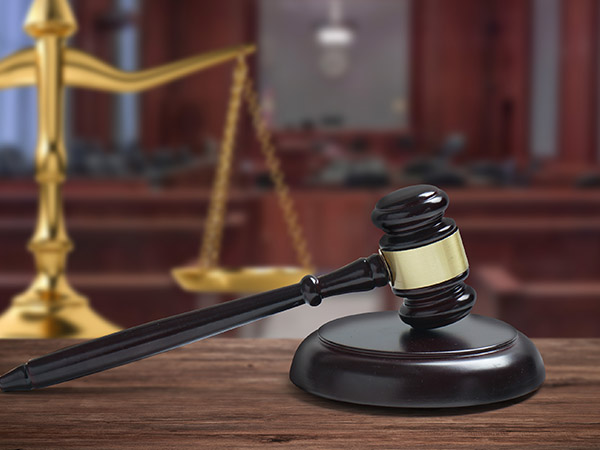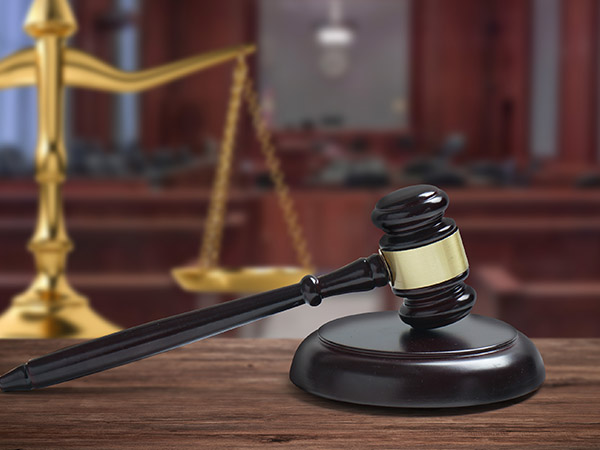By Tao Jiang, Ph.D Senior Patent Attorney & Attorney at Law at Lung Tin Law Firm
Life sciences and biotechnology are widely regarded as one of the most promising frontier technologies for the coming decades. Patent protection is at the core of the business for biotechnology companies, and for them, it is also crucial to understand that there exists strong differences amongst jurisdictions concerning what is considered as patentable subject matter, what disclosure is required,and what claim breath is allowed.
One distinctive feature in biotechnology is to define claims by biological sequences (such as nucleotide sequences, amino acid sequences). In China, however,whether these claims are supported in view of examples provided in the description is a prominent issue. A recent case from Supreme People's Court may shed some lights on the Chinese examination inquiry. This short article discussed the case, as well as Chinese practice.
I. Examination of Biological Sequence Claims in China Has Been Strict
Chinese Patent Law Article 26(4) prescribes that claims shall be supported by the description and shall define the extent of the patent protection sought for in a clear and concise manner.
With respect to the claim support,Chinese examination and judicial practice impose strict criteria on biological sequence claims,i.e., generally allowing claims that encompass only specifically examples in the description. The underlined rationale is attributed to the assumed low predictability of biotechnology inventions, in other words, technical effects of the claimed inventions are not predictable if they are not confirmed by experimental data. Accordingly,one person skilled in the art would not be able to predict whether all variants within the claim scope would have the same function if the relevant examples are not provided in the description.
In view of the above, the allowed breath of a claim is strictly limited by specific examples in China.Had such patent applications been granted, they might be difficult to enforce as competitors may design around by replacing a few irrelevant nucleotides or amino acids. This practice strongly discourages inventions to be filed in China.
We brief below a retrial case to introduce the latest progress on examination inquiry relating to biological sequence claims.
II. Supreme People's Court (SPC)Case Opened a Bit for Biological Sequence Claims
On April 24, 2017, SPC issued "the top 10 intellectual property cases of Chinese court in 2016." Among them, there is an invention patent invalidation dispute between the Patent Reexamination Board (PRB)of SIPO, Novozymes AS, and JiangsuBoli Biological Products Co. Ltd
In the retrial judgment, SPC elaborated on how to determine whether the biological sequence claims are supported by the description, and discussed the criteria of granting the patent right for such inventions.
1. Claims and focus of case
Novozymes' Chinese invention patent (CN98813338.5) relates to a thermostable glucoamylase that was isolated, purified and characterized from a strain of Talaromyces emersonii CBS 793.97. Compared with the prior art glucoamylases, the isolated glucoamylase has a very high thermal stability. Therefore, the claimed thermostable glucoamylaseis suitable for starch conversion (e.g., for producing glucose from starch),and for use in various processes, in particular the saccharification step in starch convention processes.
During the patent invalidation proceeding, the granted claims were amended by the patentee, and the isolated enzyme was defined by the way of (a) "function plus comprising"; (b) "function plus homology"; (c) "function plus homology plus source"; and (d)"function plus comprising plus source" respectively.
One issue was focused on in the case is whether the claims covering the enzymes are supported by the description. In fact, Example 2shows that an enzyme having SEQID NO: 7 has the desired activity and function, and Examples 8, 9, 11and 12 show that the polypeptides having SEQ ID NO: 34 also have the same properties. There are three (3)different amino acids between SEQID NO: 7 and SEQ ID NO: 34, i.e. SEQID NO: 34 is over 99% homologous(1% equivalent to 6 amino acids) to SEQ ID NO: 7.
In other words, the focus becomes:given the fact that the enzyme with SEQ ID NO: 7 and its variant with SEQID NO: 34 have the desired activity and function which are confirmed by the experimental data, is it allowable to extend the protection scope of claims to other variants of the enzyme? What kind of manner could be permitted to generalize its variants in the claims?
2. Claims defined by"function plus comprising"
This claim definition is typical to define biological sequences,and amended claims 1 and 12 of the patent in dispute are drafted in this manner. Amended claim 1reads as: An isolated enzyme with glucoamylase activity comprising the full-length sequence shown in SEQ IDNO: 7.
Rejected, Chinese Patent Office, PRB and Courts all agreed upon the unmalleability of this claim definition. In this case, PRB, the first instance court and the second instance court still took the strict criteria, and concluded that claims 1 and 12, as amended, are not supported by the description because the "comprising" is open-ended, which encompasses numerous sequences possibly having any number and any type of amino acid added at one or both ends of the sequence. As a result, one person skilled in the art would not be able to predict whether all sequences within the claim scope would have the glucoamylase activity, and therefore, claims 1 and 12 are not supported by the description.
Unfortunately, the support issue for claims 1 and 12 was not raised in the retrial procedure, and SPC did not provide their thoughts on this.
3. Claims defined by "function plus homology"
This claim definition is also typical to define biological sequences, and amended claim 6 of the patent in dispute is drafted in this manner. Amended claim 6 reads as: An isolated enzyme with glucoamylase activity, wherein the homologous enzyme is at least 99% with the full-length sequence shown in SEQ IDNO: 7, and having a pI below 3.5determined by isoelectrical focusing.
Also rejected, Chinese Patent Office, PRB and Courts all agreed upon the unallowability of this claim definition. In this case, PRB,the first instance court and the second instance court still took the strict criteria, and concluded that claim 6 is not supported by the description, because the claimed enzymes encompass a large number of amino acid sequences. Other than the enzyme having SEQ ID NO: 7 and its variant having SEQ ID NO: 34,one person skilled in the art would not be able to predict whether other homologous sequences also have the glucoamylase activity, and therefore claim 6 is not supported by the description.
Unfortunately, the support issue for claim 6 was not raised in there trial procedure, and SPC did not provide their thoughts on this.
4. Claims defined by "function plus homology plus source"
This claim definition is not typical to define biological sequences,and there are no criteria for reference according to the previous examination and trial practice.Amended claims 10 and 11 of the patent in dispute are drafted in this manner. Based on the claim 6,amended claim 10 further defined the enzyme is derived from a strain of the filamentous fungus T.emersonii.
In this case, the different criteria were taken by PRB, the first instance court and the second instance court,and the different conclusions were drawn. After the trial, SPC affirmed the decision from PRB and reasoned that in addition to the homologous character, dependent claims 10 and11 further define the enzyme species source, which significantly limits the scope of claims. One persons killed in the art would understand species being the basic unit of taxonomy which represents a high degree of similarity to each other,and therefore there would exist only very few variant sequences with very high homology. Together with other limitations defined in claim 6, SPC overturned the decisions from lower courts and concluded claims 10 and11, as amended, are supported.
5. Claims defined by "function plus comprising plus source"
This claim definition is not typical to define biological sequences, and there are no criteria for reference according to the previous examination and trial practice either. Amended claims 13 and 14 of the patent in dispute are drafted in this manner. In this case,the different criteria were taken by PRB, the first instance court and the second instance court,and the different conclusions were drawn by them. After the trial,SPC affirmed the decision from PRB and reasoned that although the term "comprising" is used, the functional character for having the glucoamylase activity as well as the enzyme species source are also recited. For the person skilled in the art, only very few DNA sequences comprising the sequence(a) or (b) could be obtained from the T.emersonii strain. Accordingly,SPC concluded that the technical solutions refer to claim 12 (a) and(b) in the claims 13 and 14 are supported by the description.










